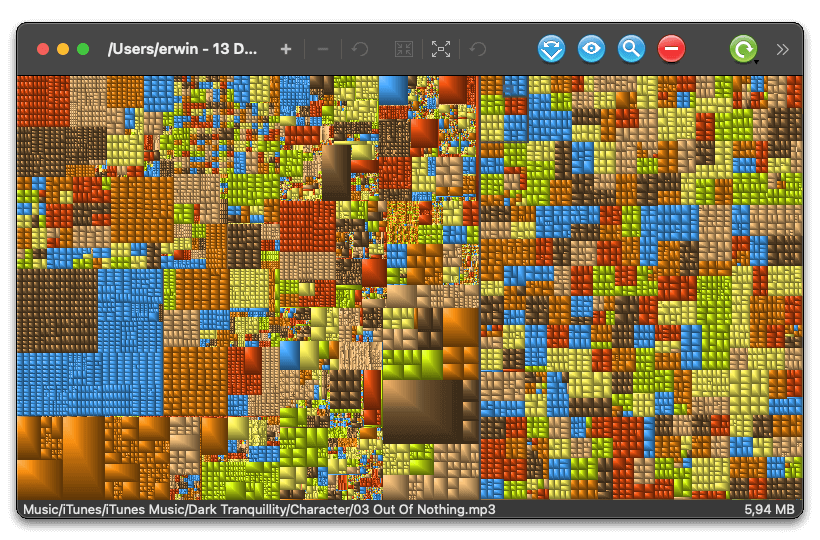

The selected emails are moved to the Archive mailbox for the account in use.
#DISC CLEANER MAC ZIP FILE#
#DISC CLEANER MAC MAC OS X#
Either way, it’ll free up some space depending on the type of file – for example, compressing text documents can reduce the space they take up considerably, whereas images and movies are usually compressed already so you won’t gain much by trying to reduce them in size even further.įortunately, Mac OS X already includes the Zip built-in file compression utility: Compressing a file will normally reduce the disk space it needs, so you might then decide to keep it on your hard disk or move to external storage. It’s also possible to use Finder to located old or particularly large media files.Īny files you’ve identified as too large or old can be deleted or compressed. Use a smart playlist to locate old iTunes media files Songs typically take up several megabytes each, so it’s possible to free up quite a lot of space this way.

In iTunes, create a smart playlist to show all the old content that you haven’t played in aeons (or items you’ve rated as 1 or 2 stars) and decide which ones to keep. In iPhoto, keep only your best pictures and delete the ones that you really aren’t ever going to view again, or simply move them to an external disk or burn to DVD. Start by checking if there are any duplicates in iTunes (choose Display Duplicates from the File menu) and then delete any you don’t want. Pruning your media libraries is a great way to save space. Delete Old and Unwanted Media Files Delete old media that you don’t want to keep Empty application caches, such as the one in Safariĥ. Your local user’s cache folder at / Library / CachesĬache files can be safely deleted, because an application will just create a new one when needed.The systemwide cache folder at // Macintosh HD / Library / Caches.Most applications store their caches in one of the following two folders: A typical example is Safari which has an Internet cache to save it re-downloading content from frequently visited websites. Some applications use caches to store various bits of information, but these files can grow very large over time and consume valuable disk space. When you’ve located the largest files on your Mac’s disk you might choose to compress, delete, or copy them to an external drive. You can also choose Save to create a smart folder of such items and add it to Finder’s sidebar, so you can find large files more quickly next time. Enter the size you want to search for in the adjacent text field (for example 5 MB) and change filter #3 to either MB or GB as appropriateįinder displays all the files matching the criteria you’ve entered.Click on the drop-down menu and choose Other. Click on the little + icon located just below the search field.



 0 kommentar(er)
0 kommentar(er)
